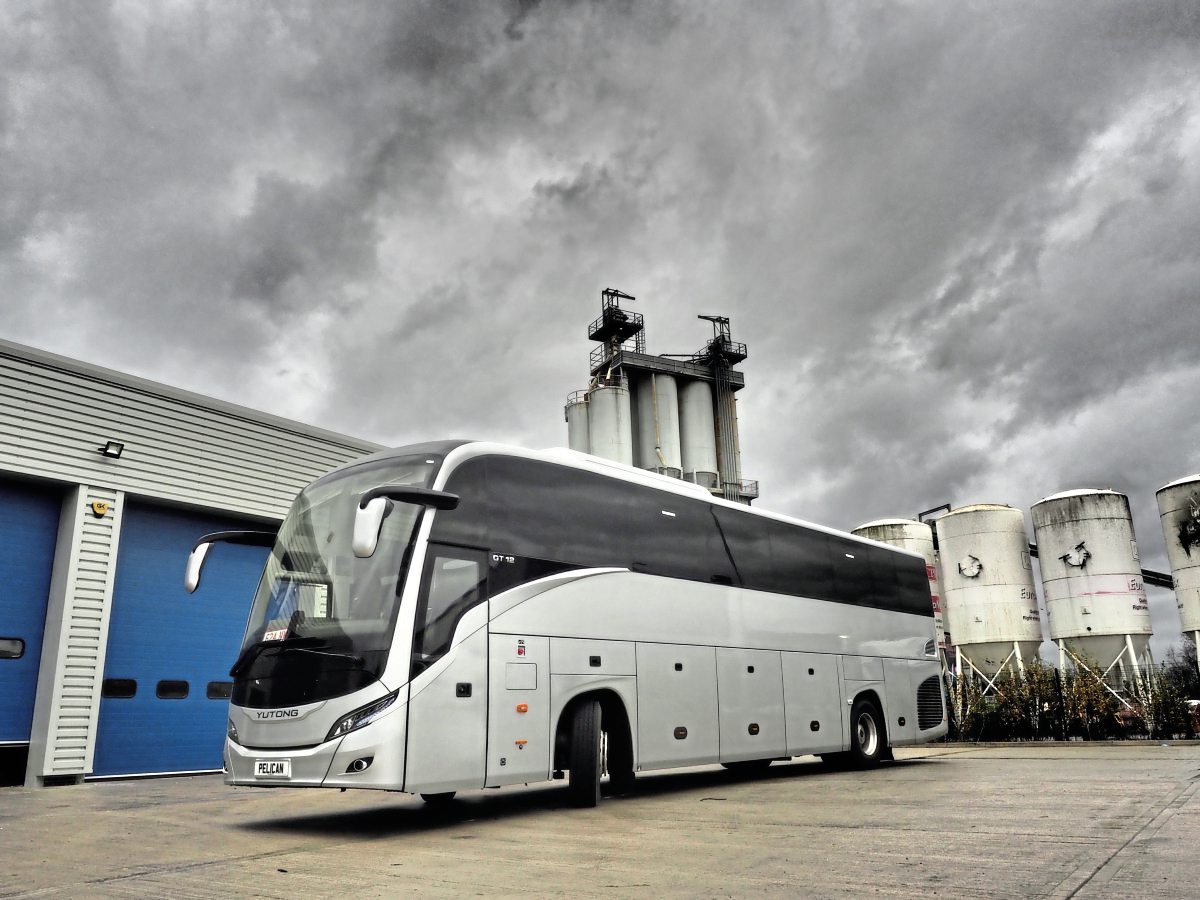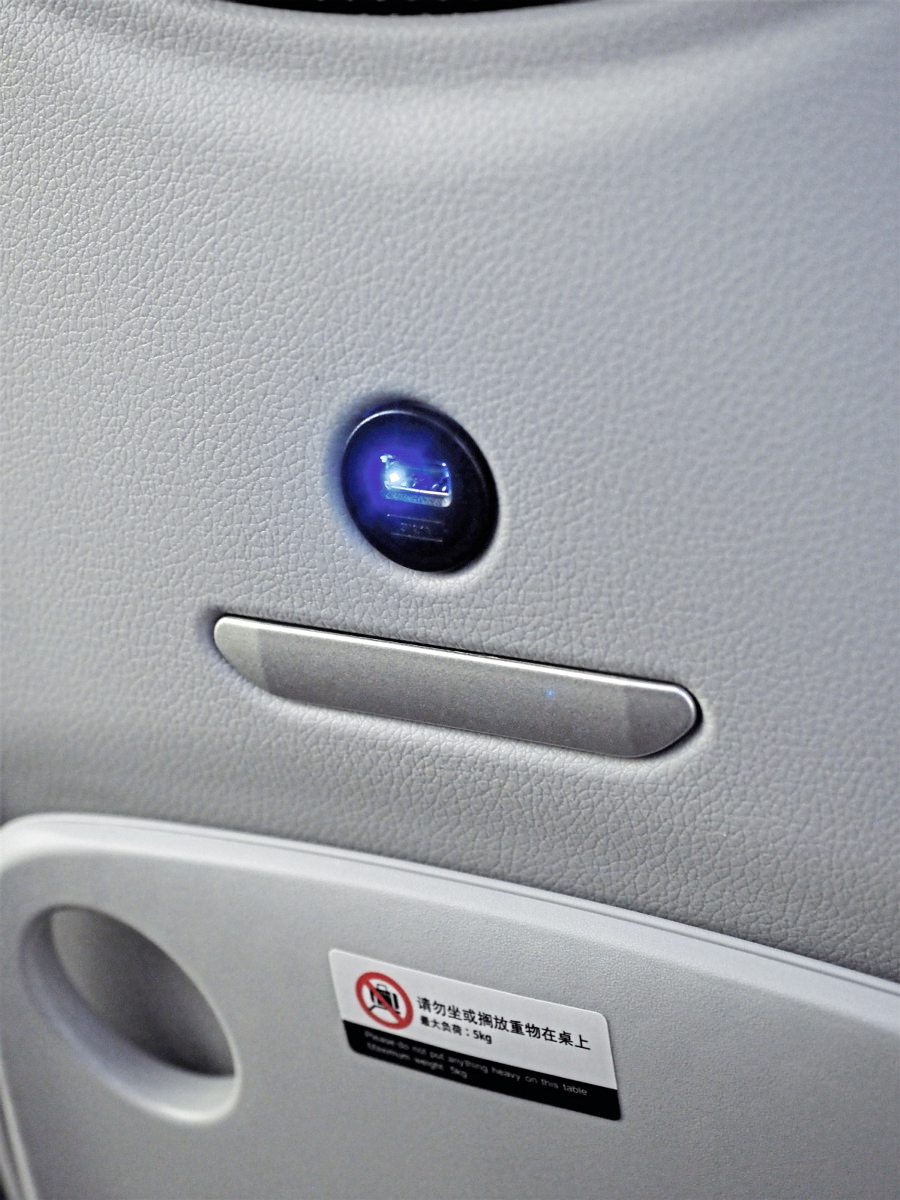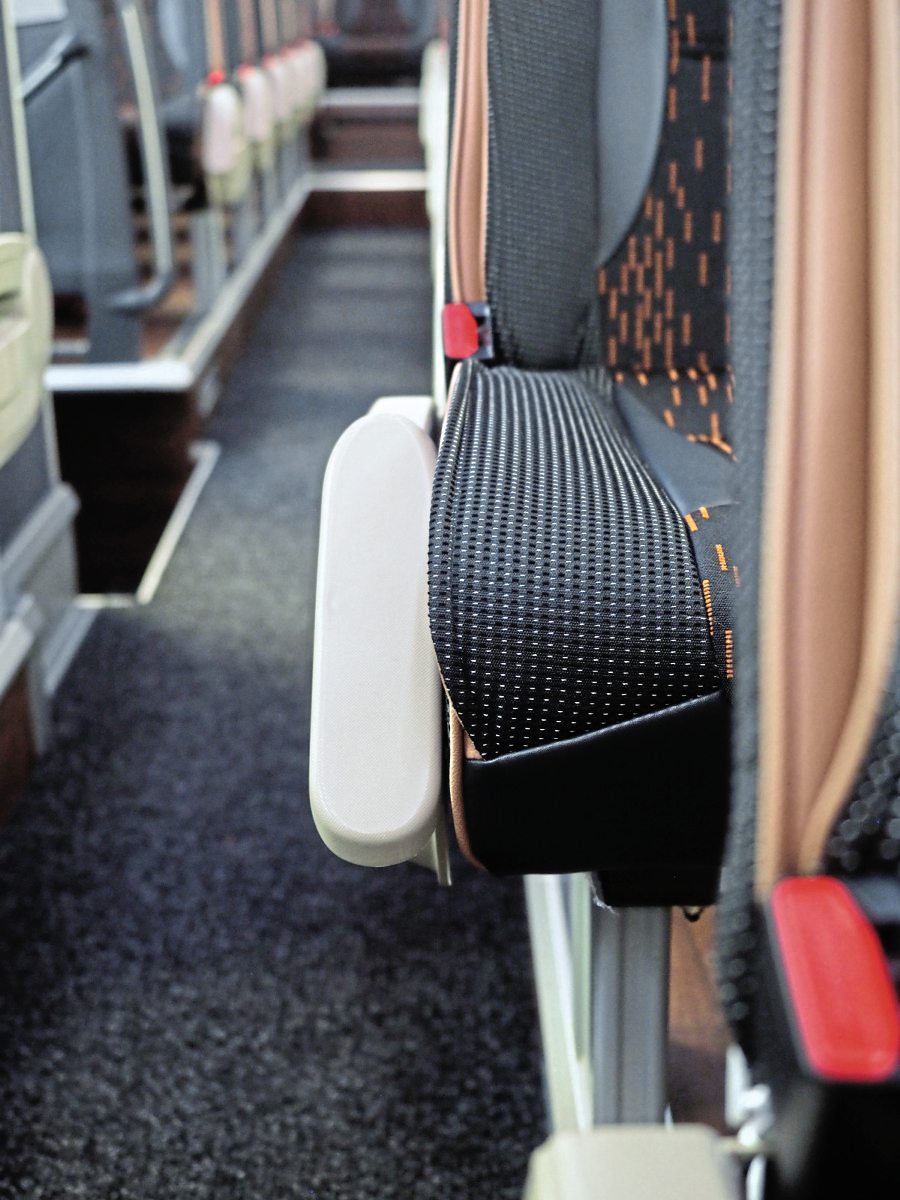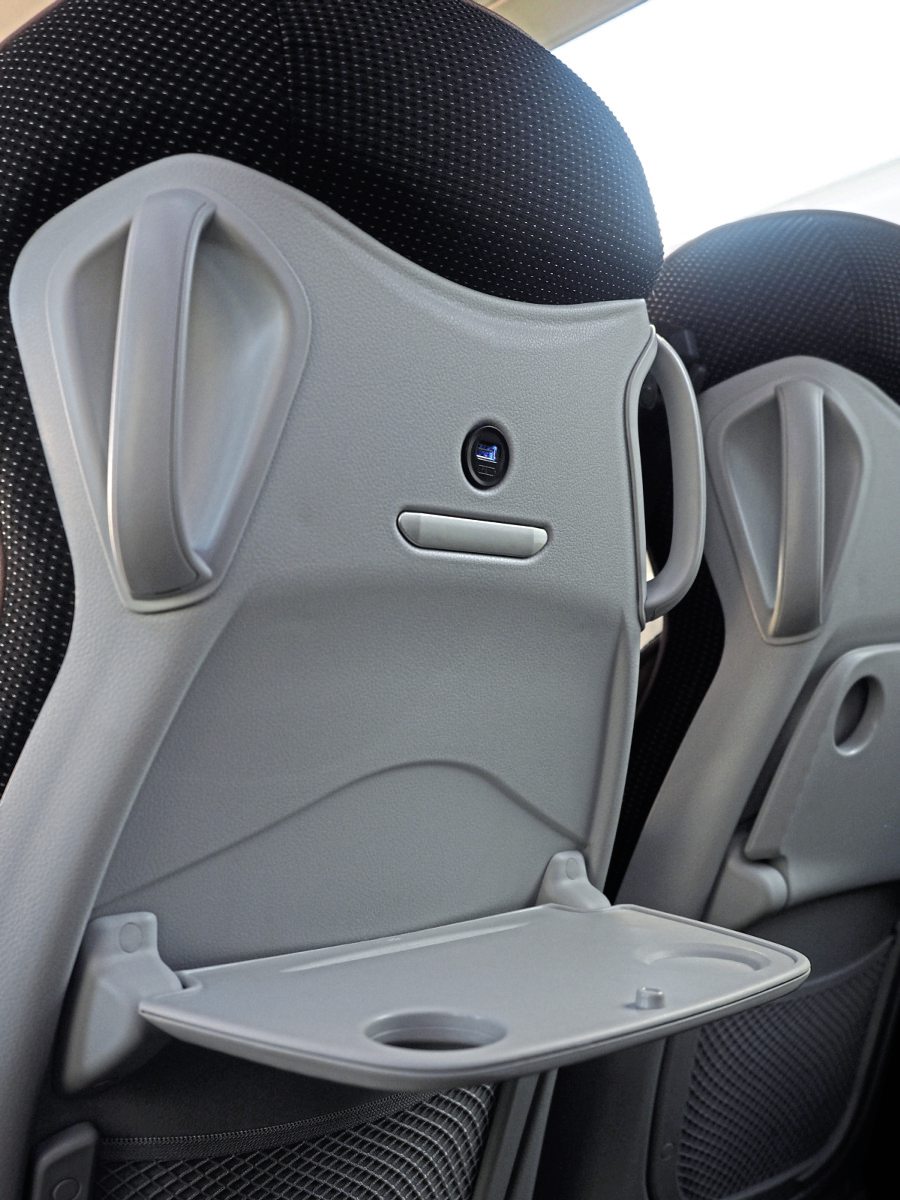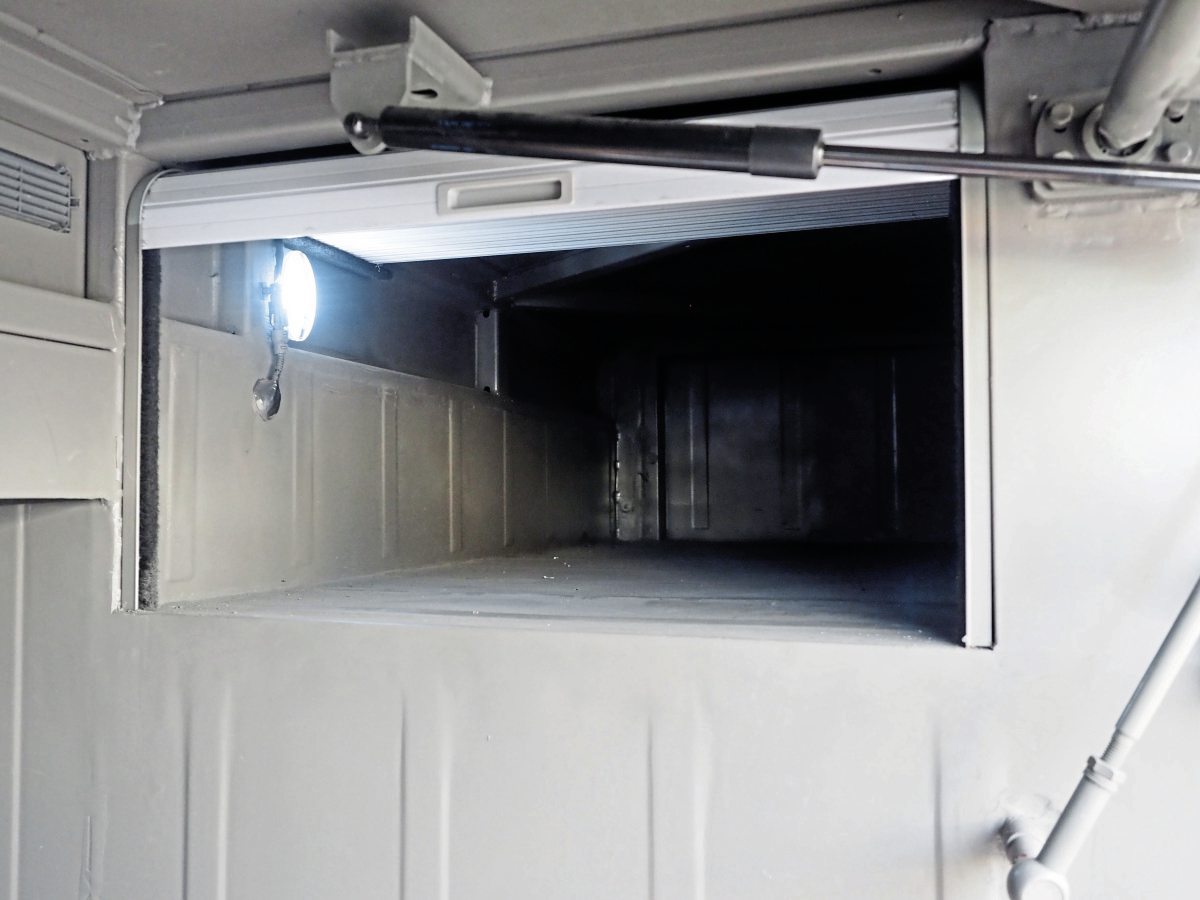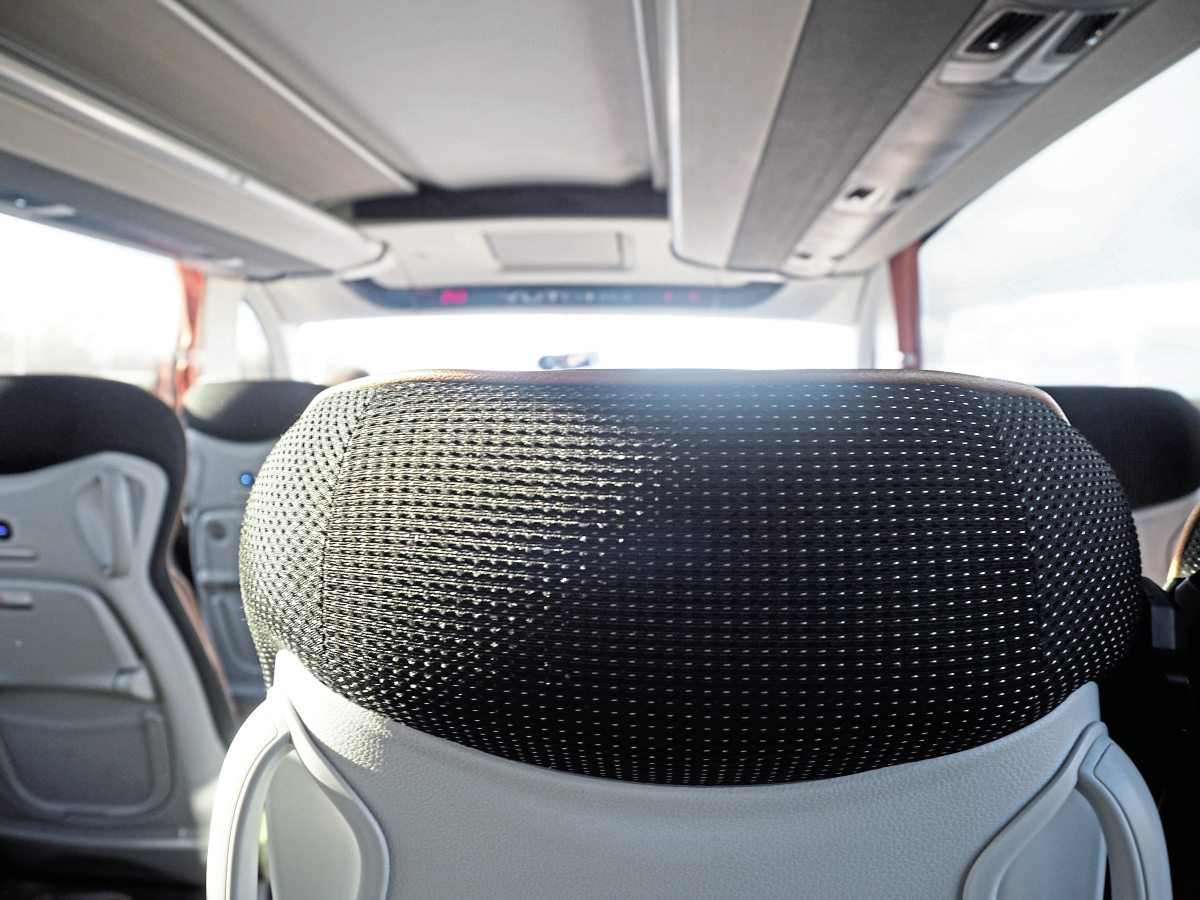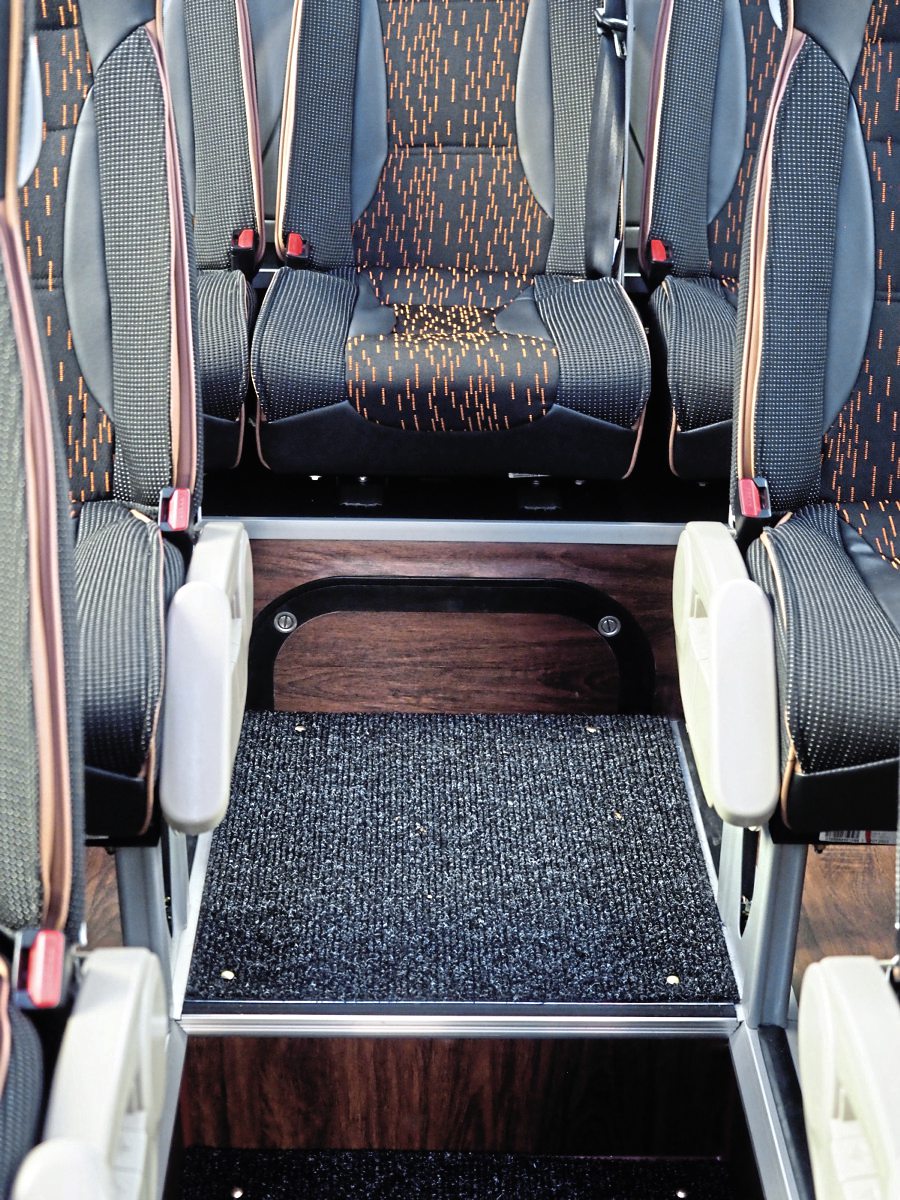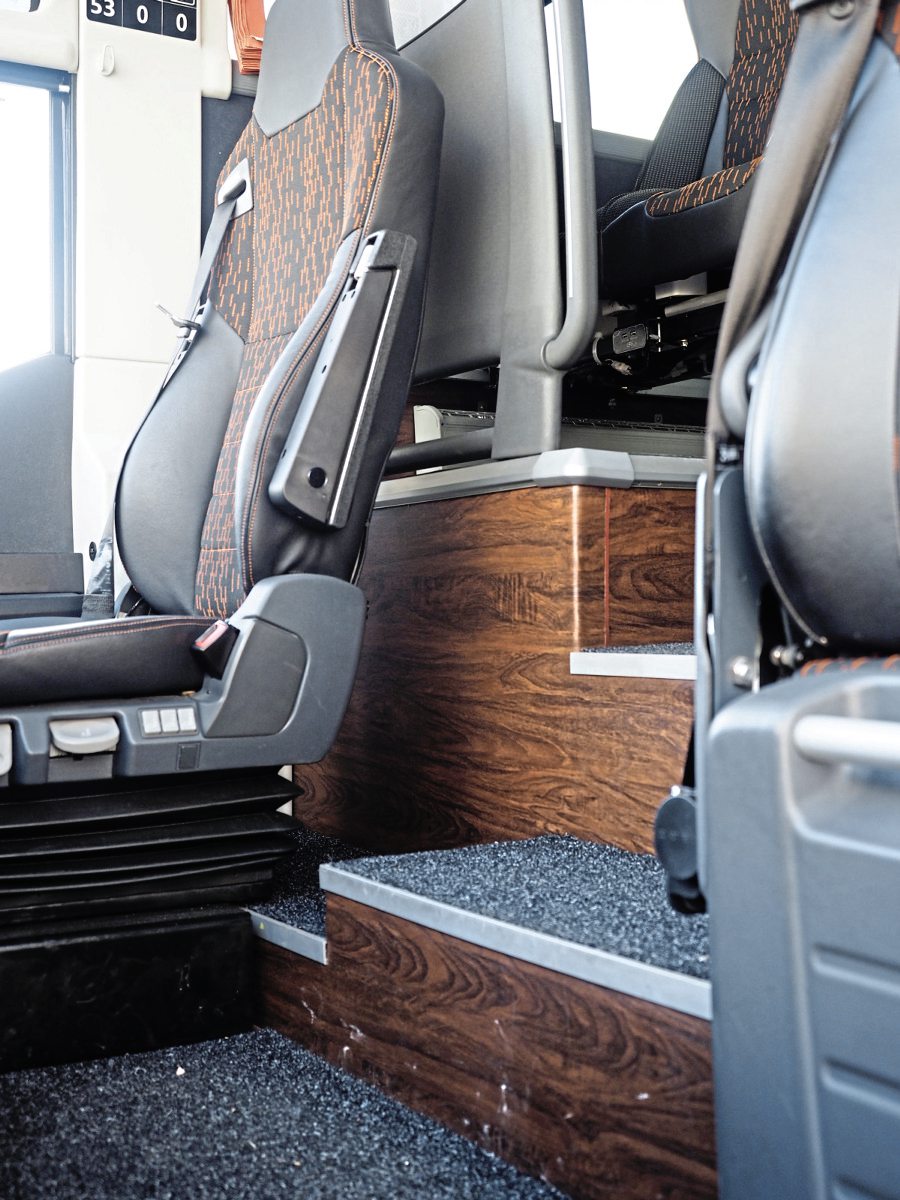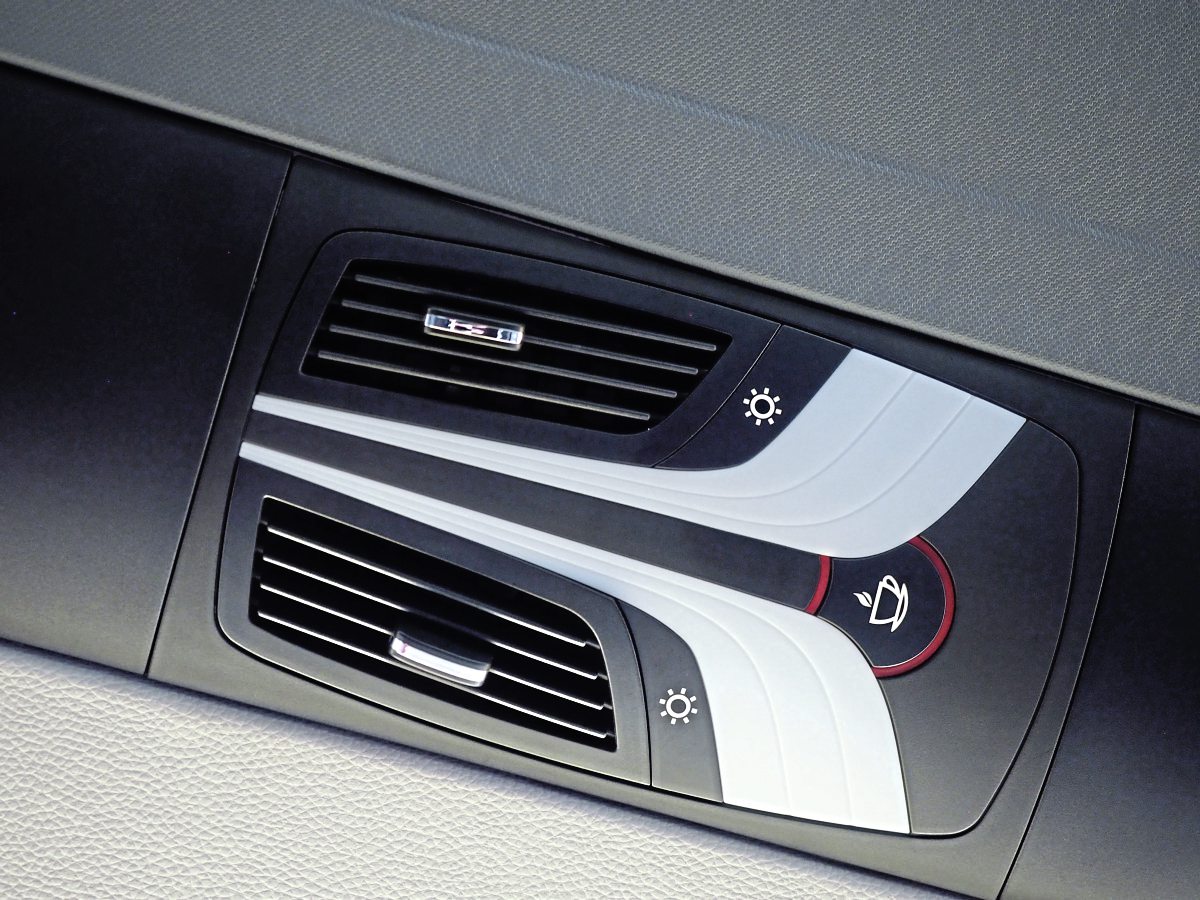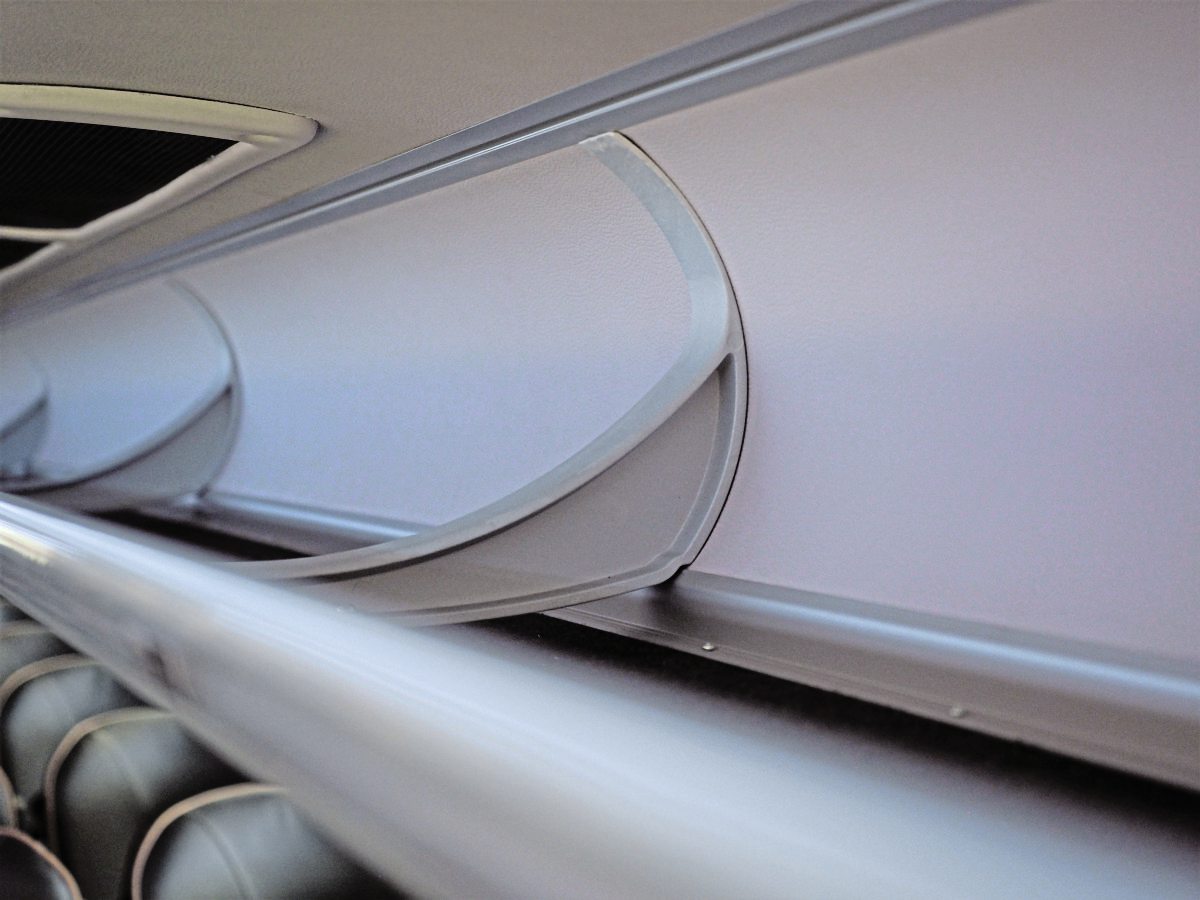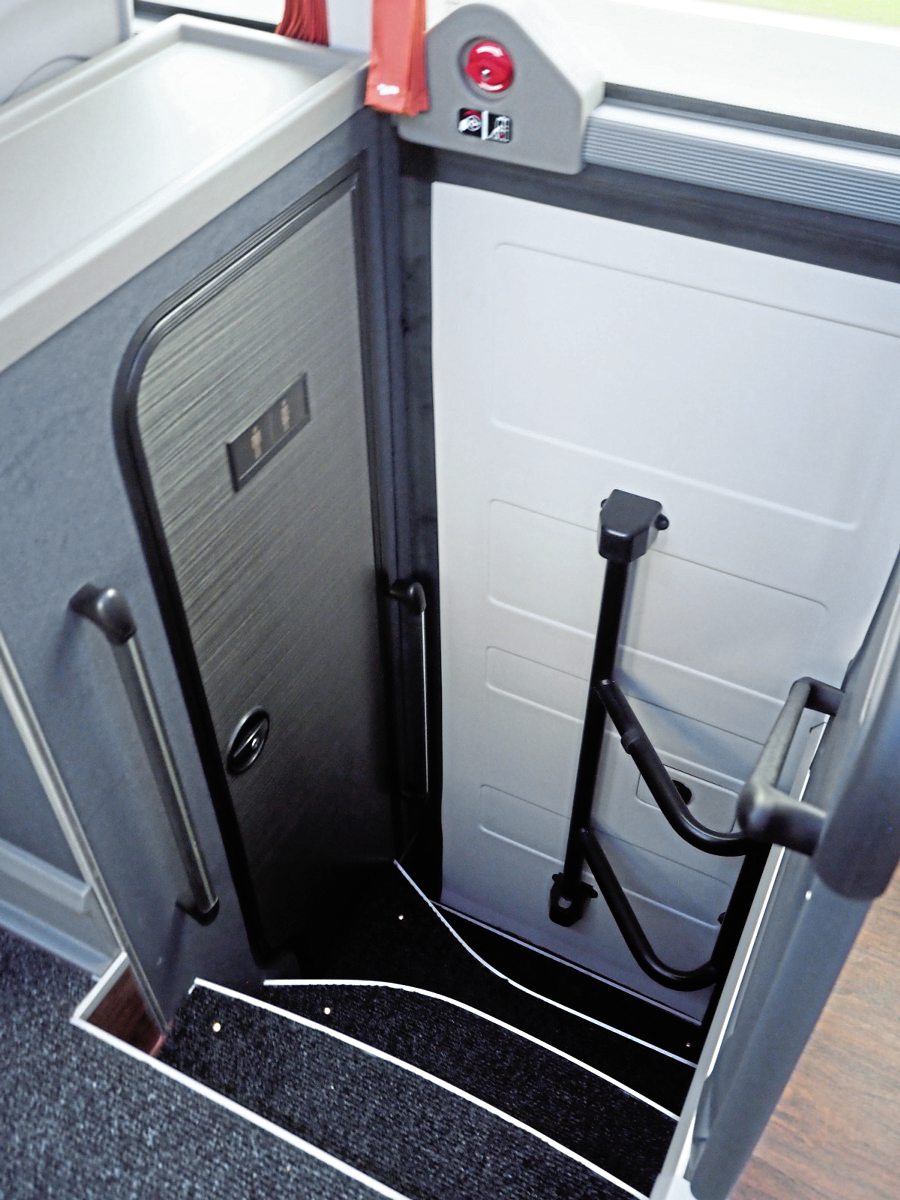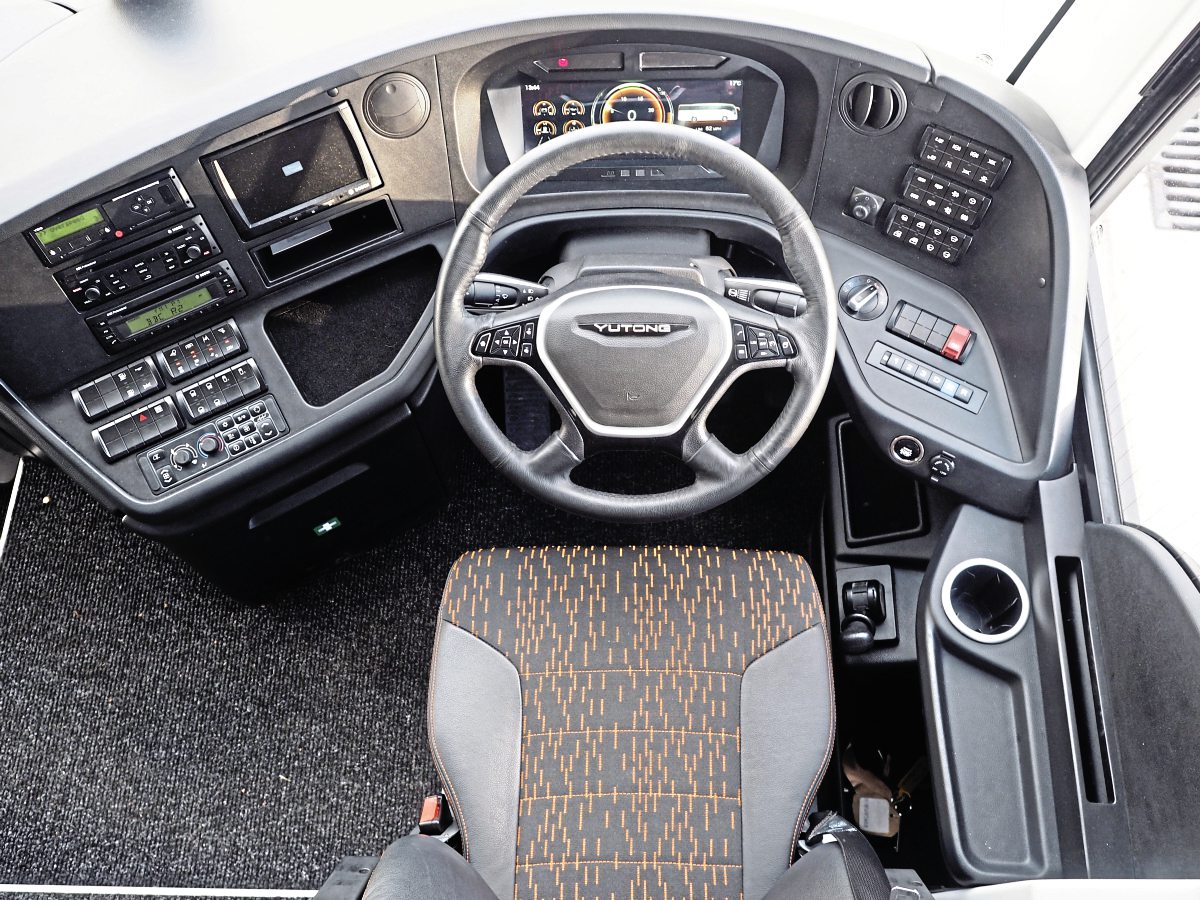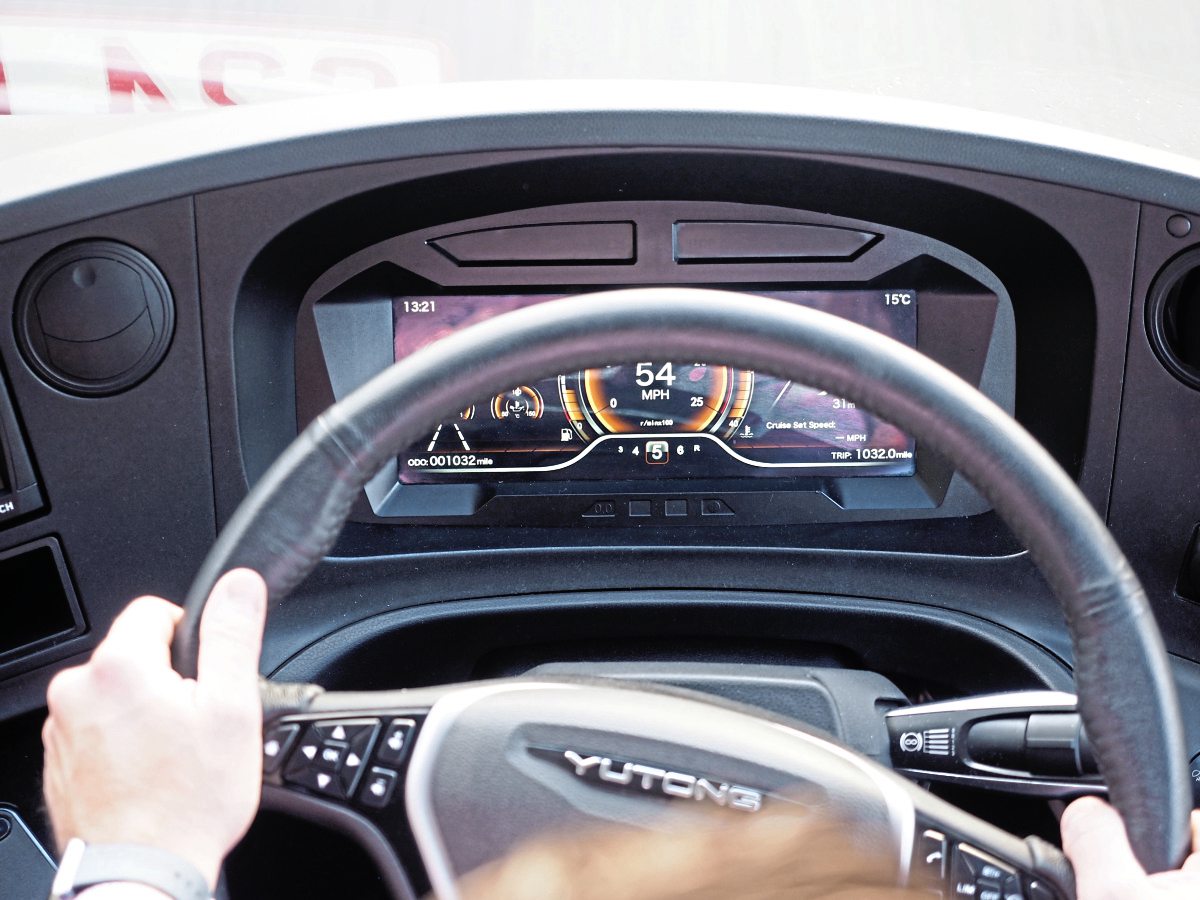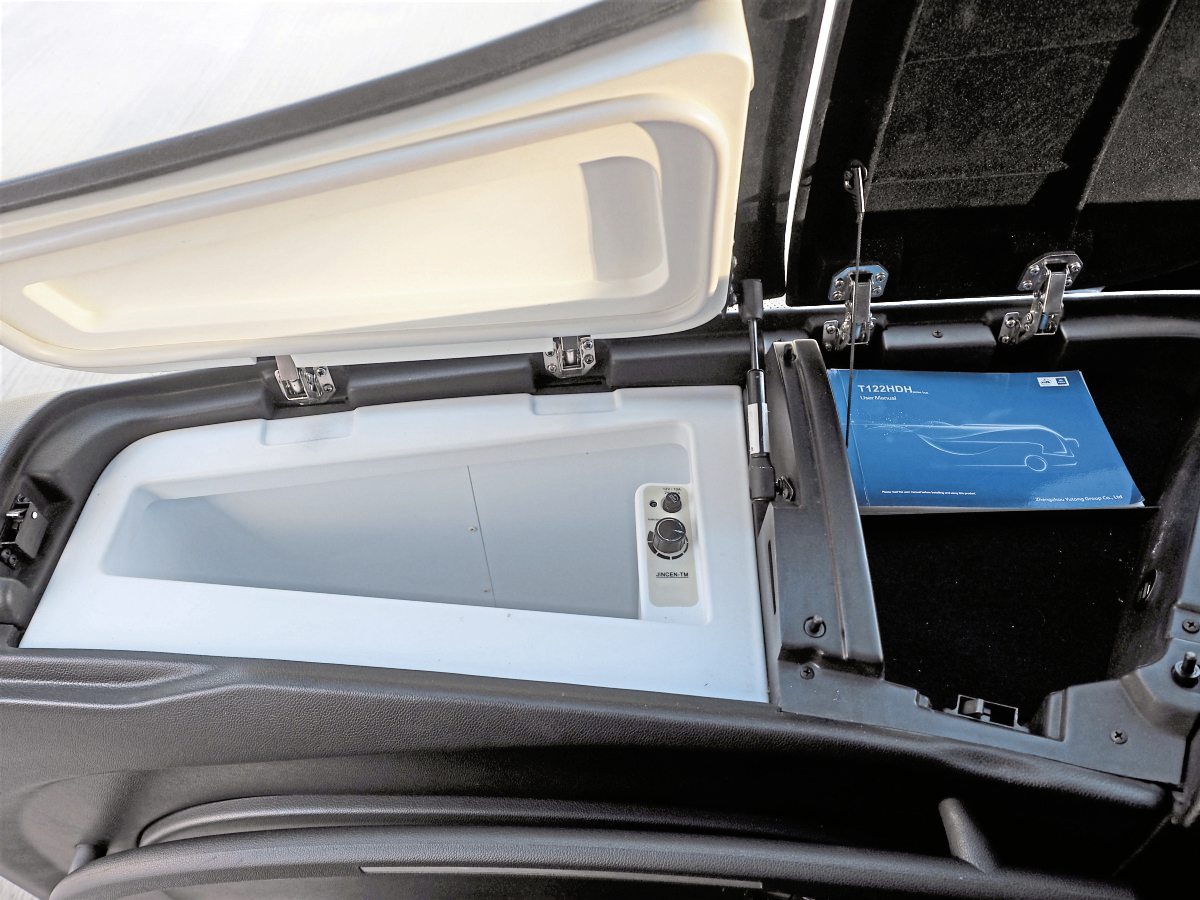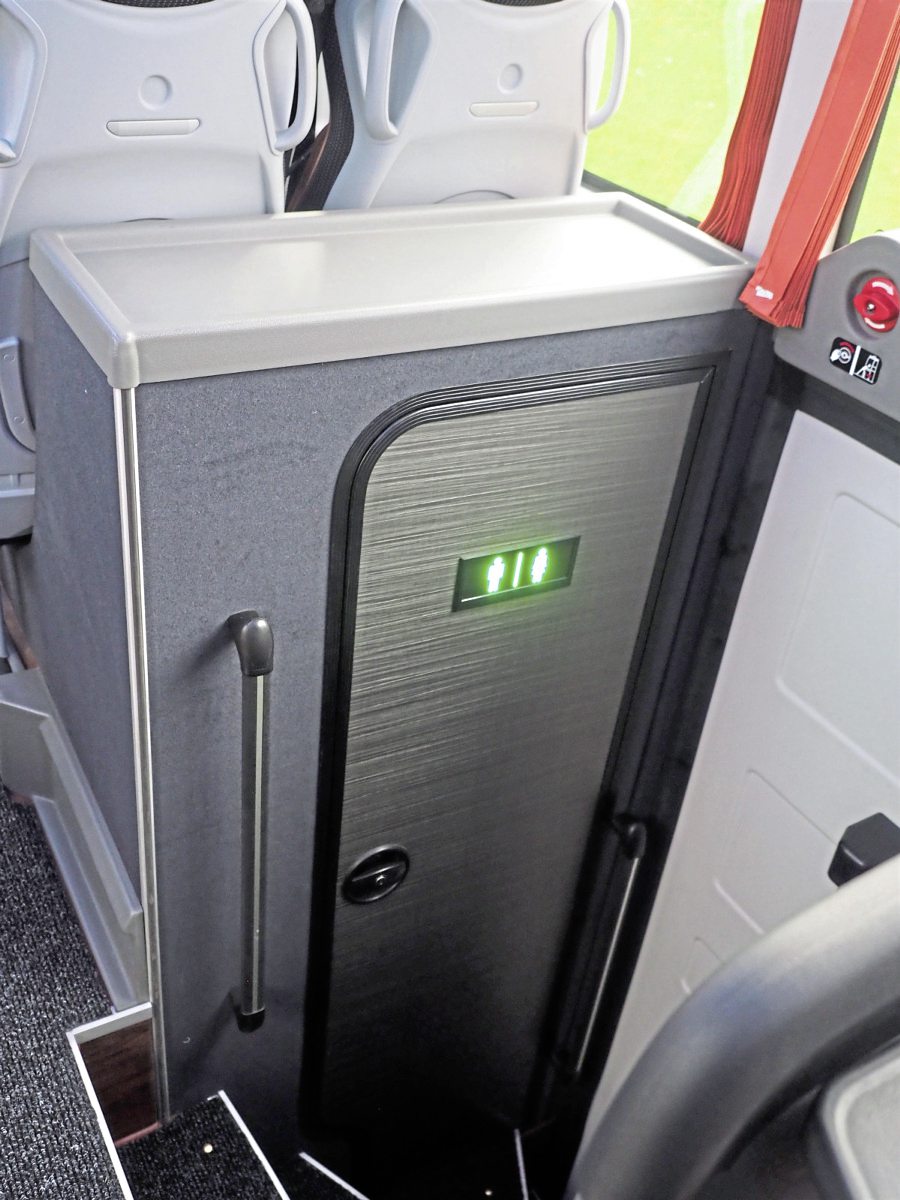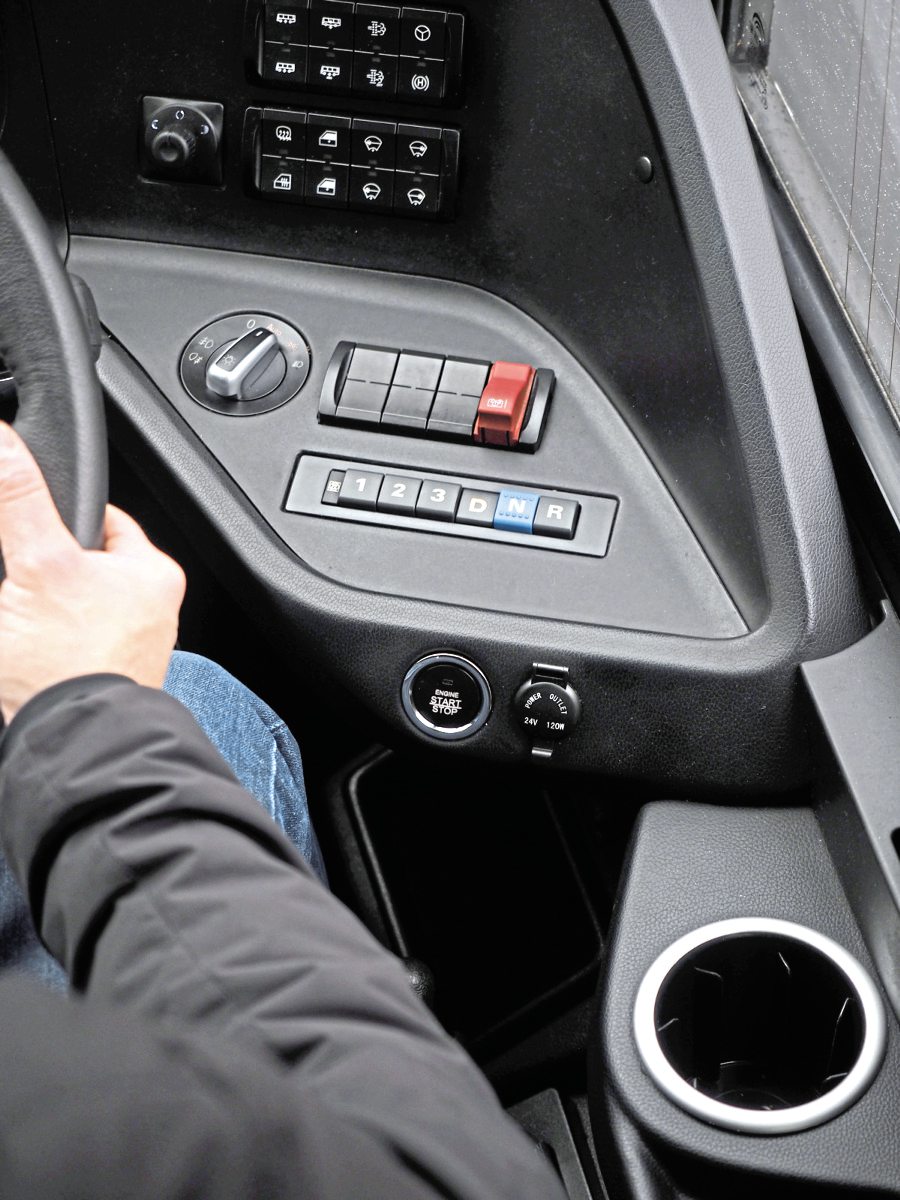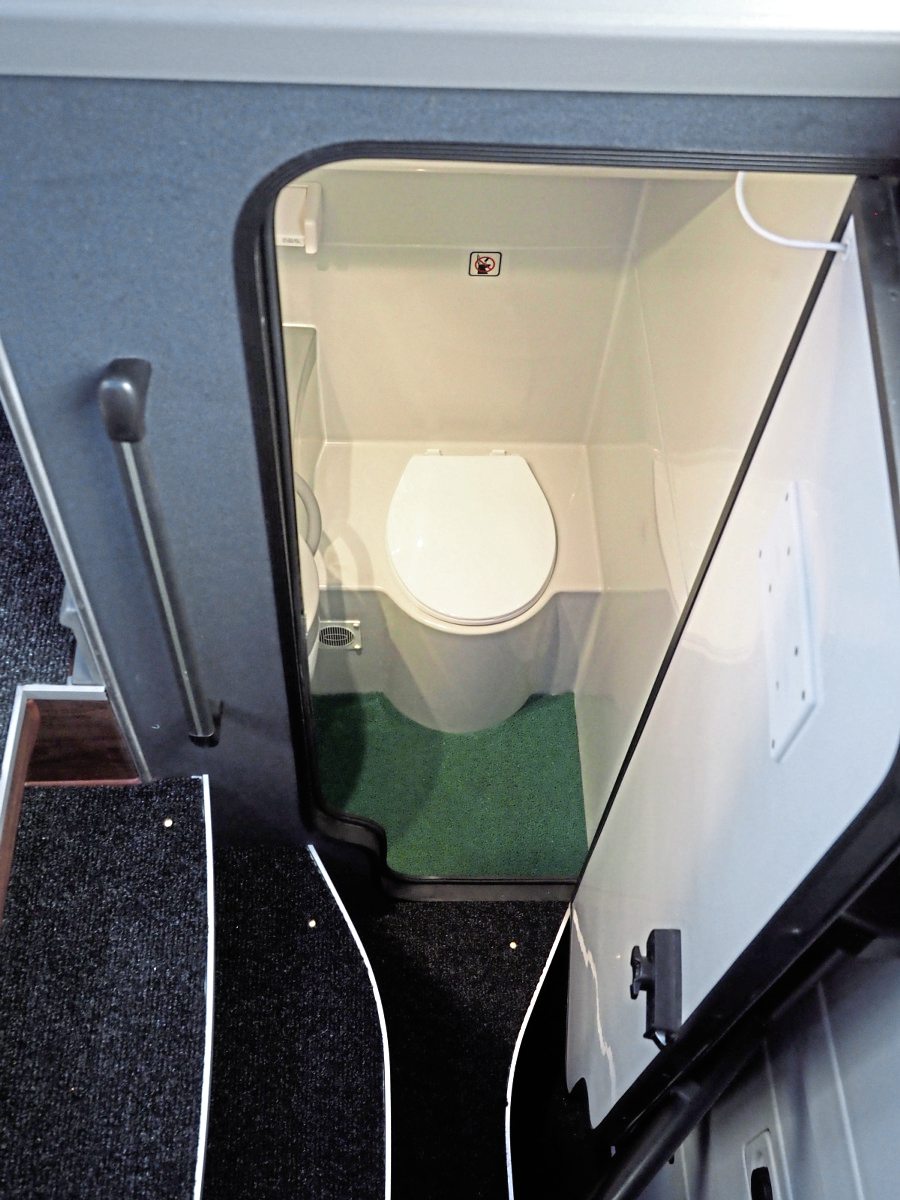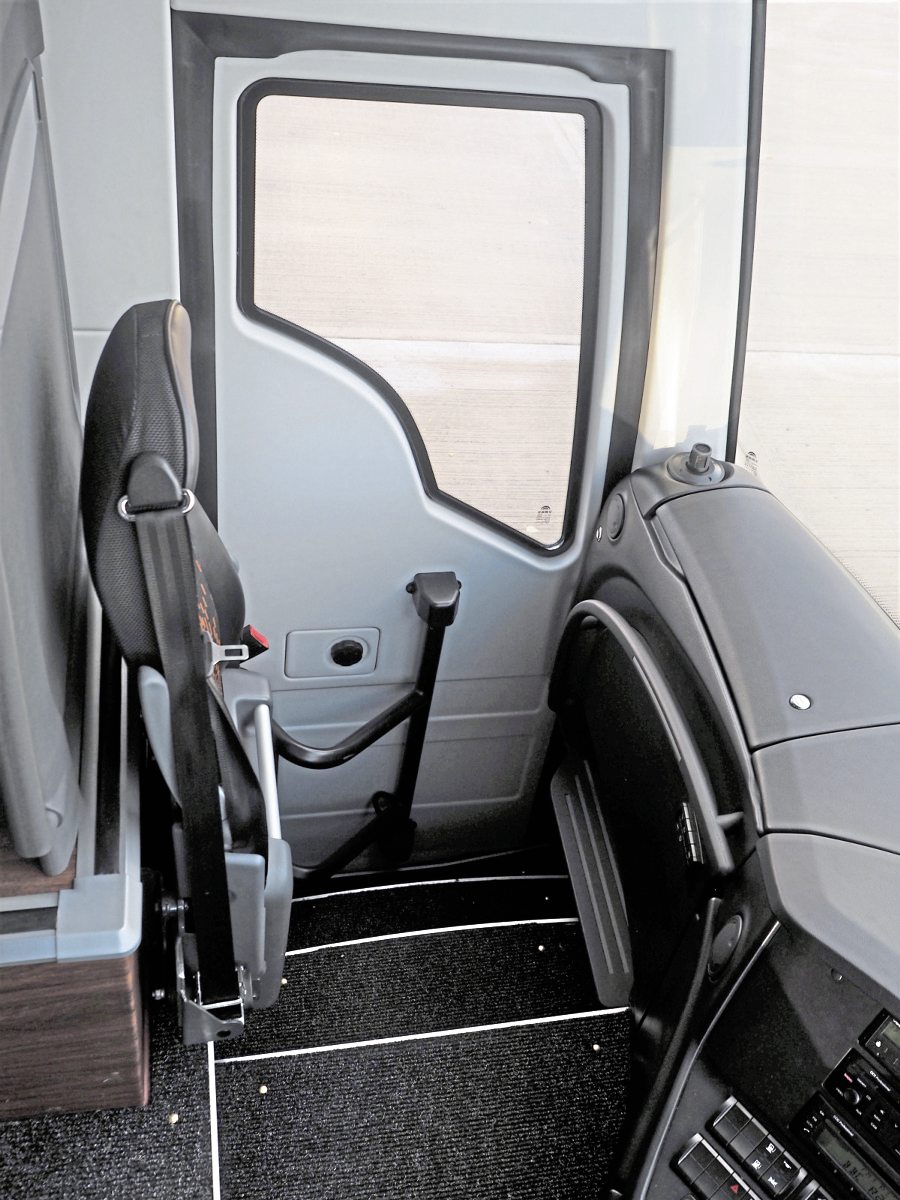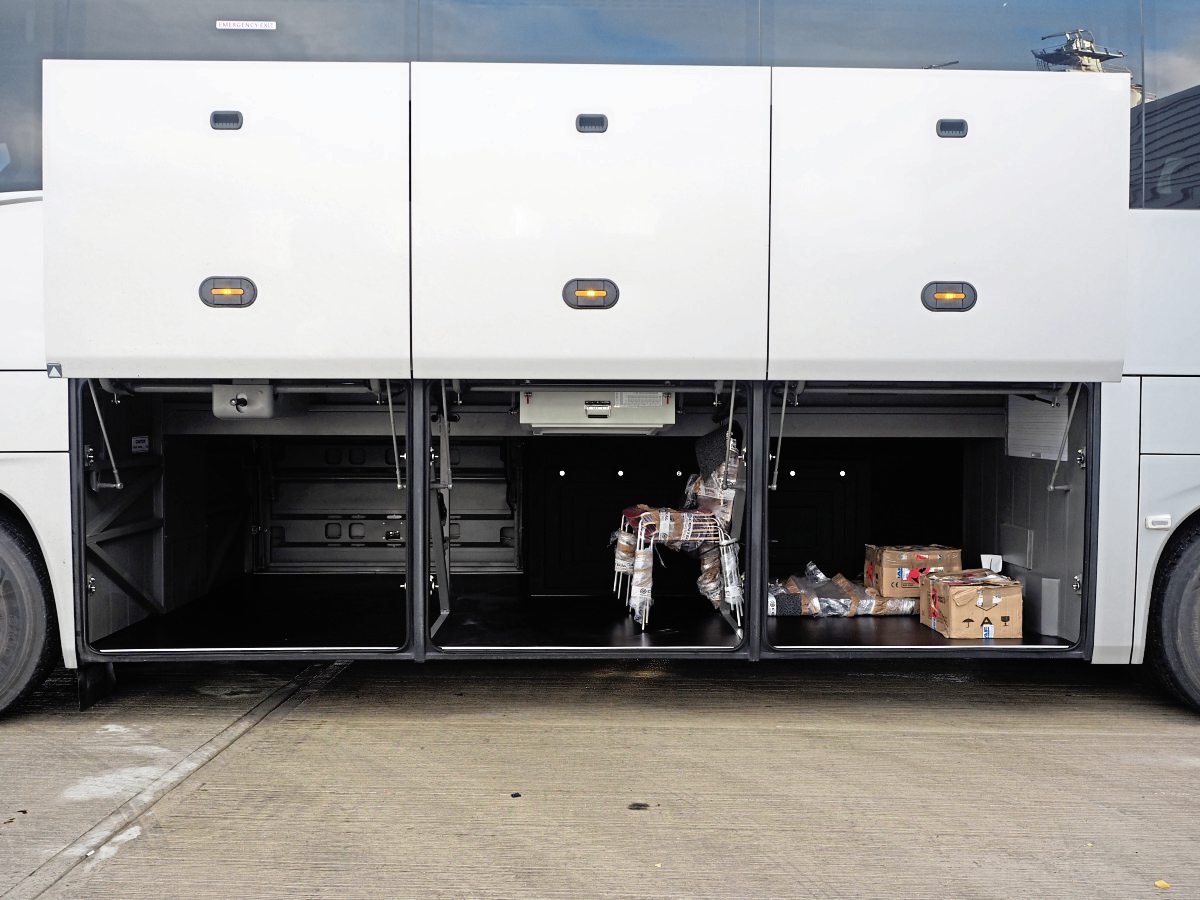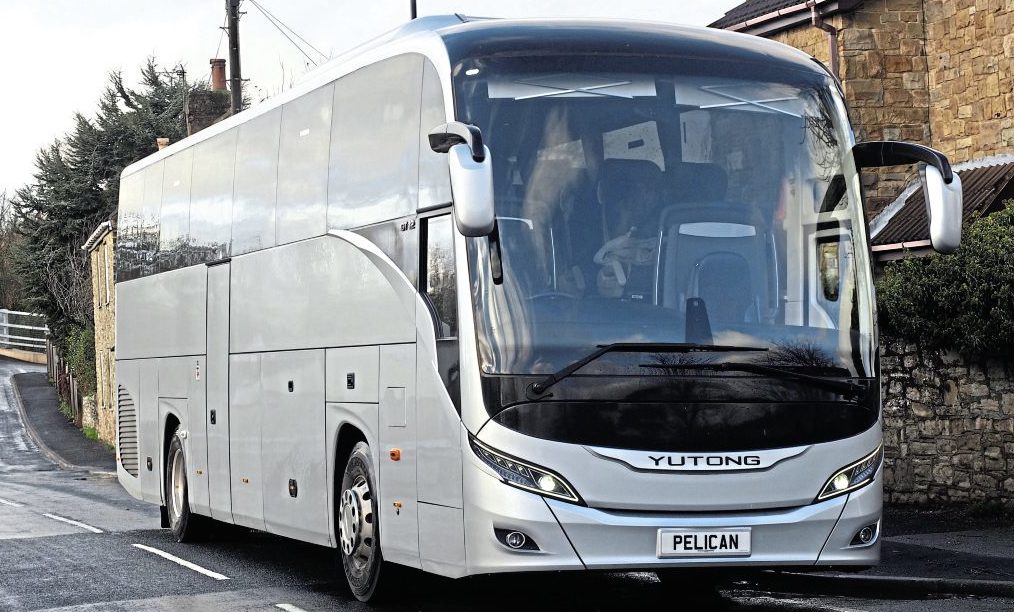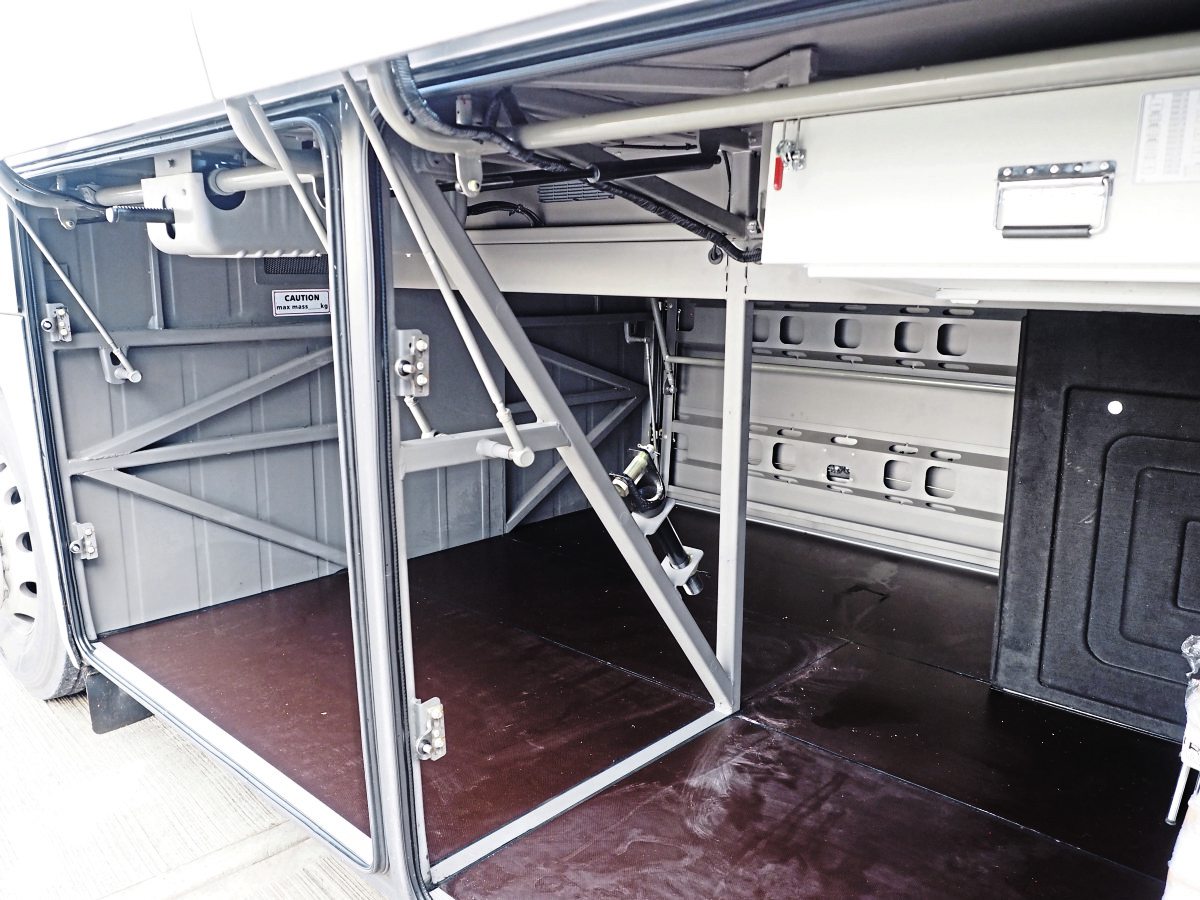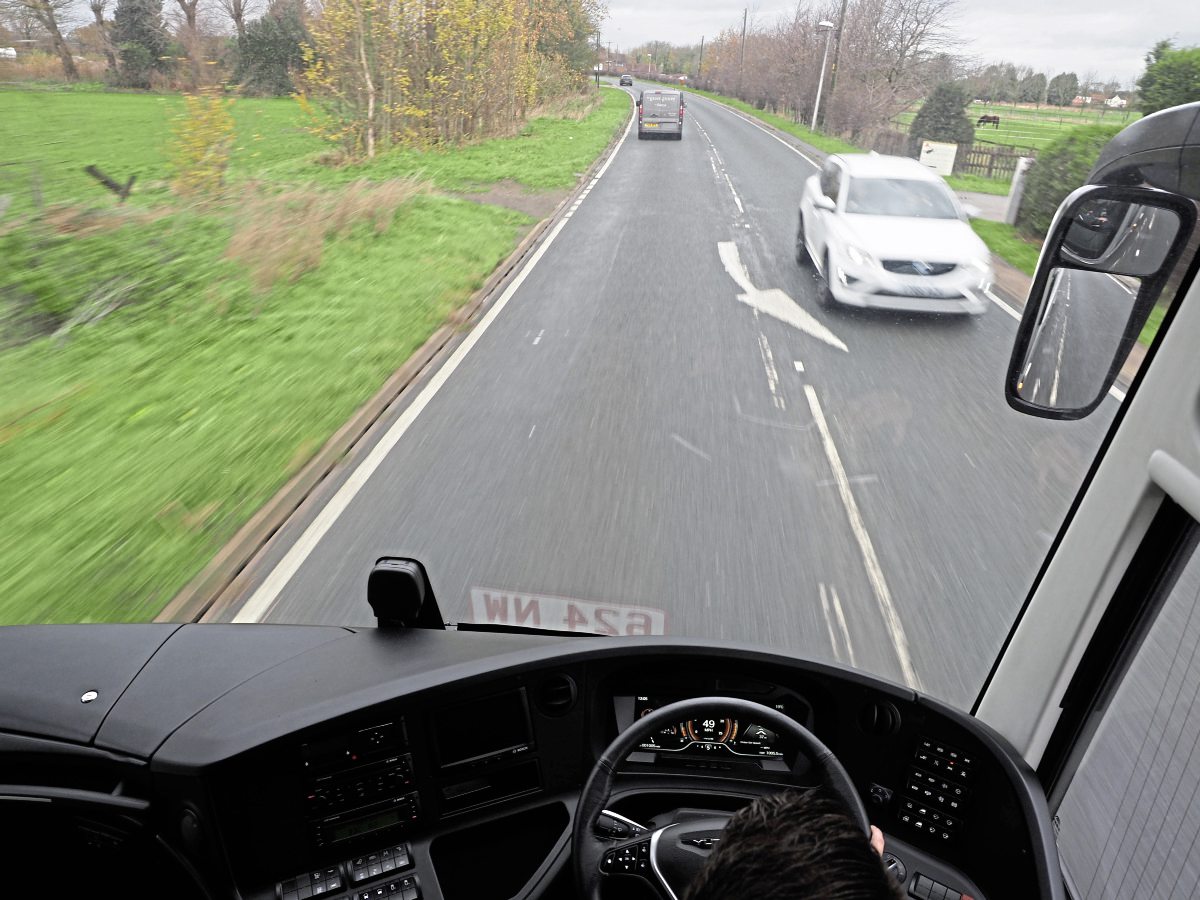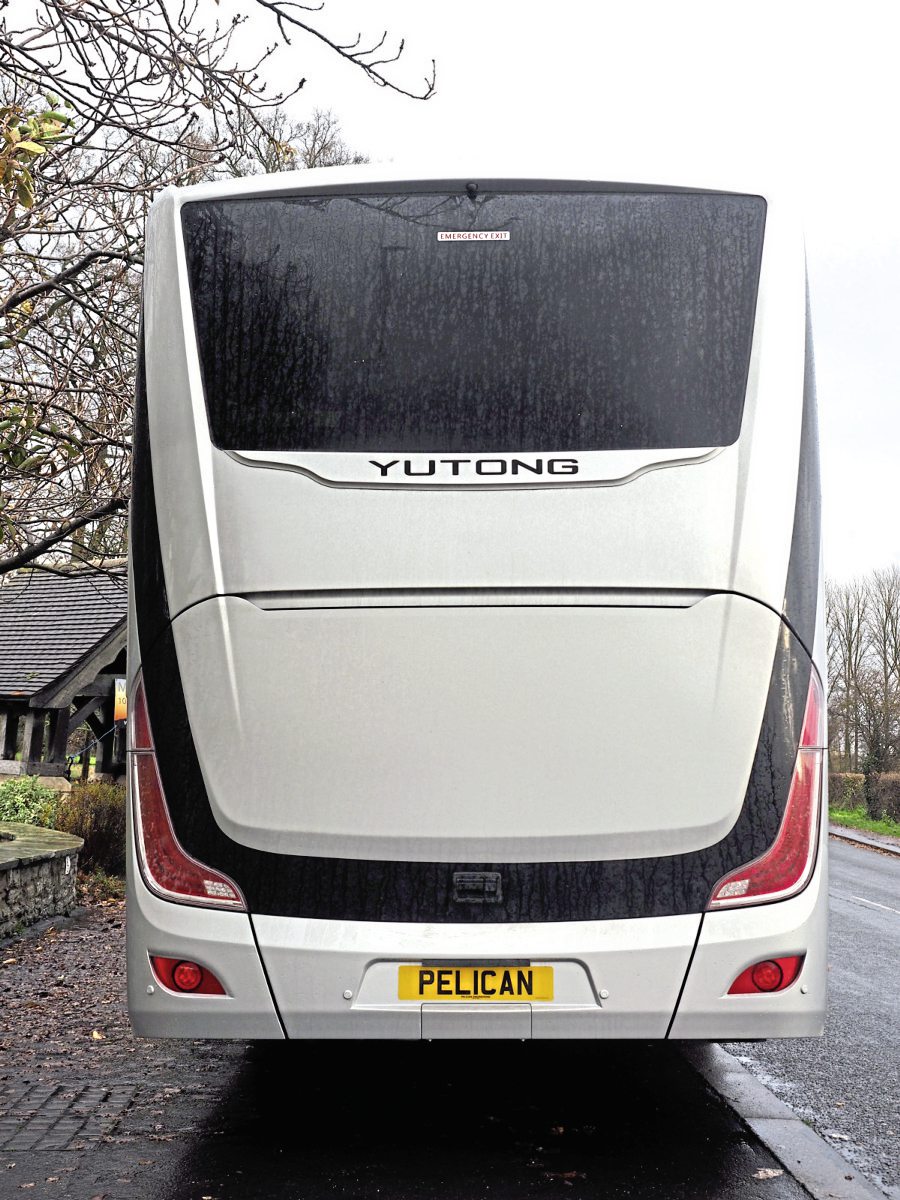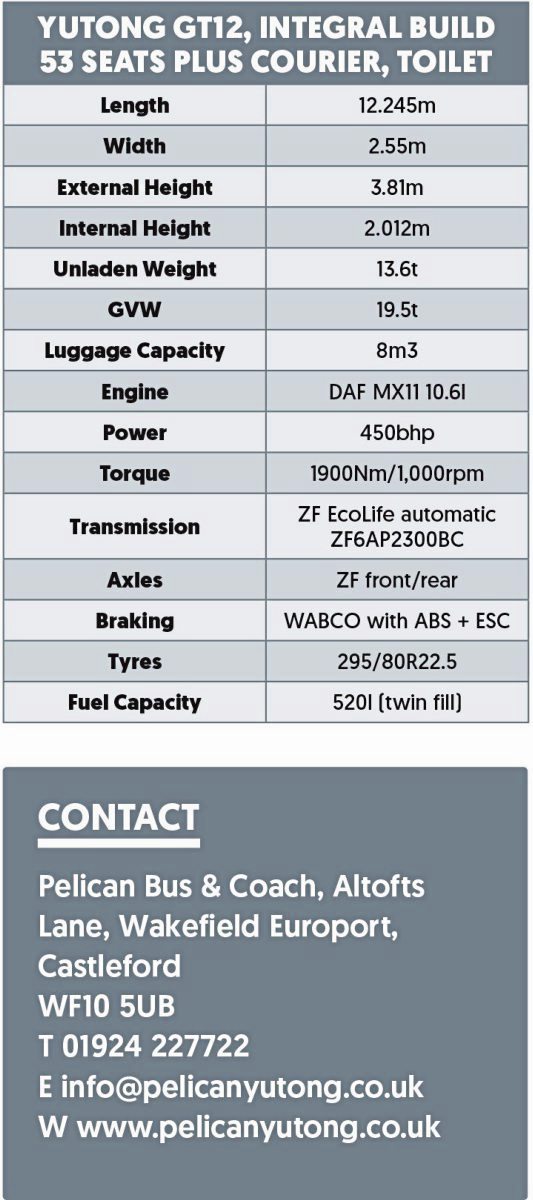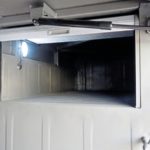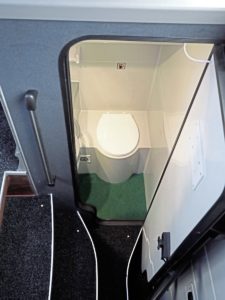Grand touring?
The Yutong GT12 launched at this year’s Euro Bus Expo is the Chinese manufacturer’s DAF-based touring coach. It’s up against some stiff competition, but can it justify the fanfare unveiling?
The success story that is the Yutong TC9 has seen Pelican Engineering emerge into the coach industry from a background in trucks.
If, four years ago, Sales Manager Bob Elliott had been set a target of 100 units a year, he’d probably have broken into a cold sweat, wondering if the Chinese midicoach would be swept up in the King Long debacle which had more to do with badly run UK businesses than Chinese coaches.
But cometh the hour, cometh the coach; the nine-metre 30-seater was the right vehicle, at the right price, at the right time. There’s no doubt the coach struck a chord, but when early adopters fed back the news that both the coach and the aftersales back-up were excellent, it was a done deal.
It wasn’t long after this that Pelican began importing the TC12 – a 53-seater or 51 with toilet sporting the popular DAF MX11/ZF EcoLife drivetrain and European running gear. The retail is around £205,000. It’s a workaday coach which was quickly snapped up by afficianados of the Yutong brand. In fact, there are now 140, and a total of 400-plus Yutongs, on the road.
The GT12 unveiled this year at Euro Bus Expo is a different beast, despite having a very similar driveline. It’s a beefed-up touring coach, aimed at a more upmarket audience and has styling aimed firmly at the European market. And although Bob Elliott quite rightly says it’s not sold on price, it is just £225,000 on the forecourt.
That’s comparable to several other offerings in the market, including the 12.2m Mercedes-Benz Tourismo, which – as the best-selling touring coach for three years – must be the benchmark for tourers. It’s not universally popular, though, and at least part of the attraction of the Yutong will be that DAF/ZF driveline. We’ve experienced it in so many coaches, the question is, will it deliver with the GT12 bodywork?
Exterior
Whether or not Yutong has achieved its aim of creating the European look is subjective, but we think they’ve produced a good-looking if fairly ordinary coach, nicely proportioned and with enough attractive features to give it good kerb appeal.
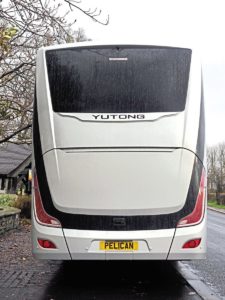 There are some nice styling cues including the curve which dips under the headlamps then sweeps up to the B pillars at the side, embellished with a trim panel which gives it a bit of aplomb. The almost completely flat sides of the vehicle are perfect for vinyls, and the rear, everything has been kept tidy with modest sculpting of the panels and a nod to flair with the teardrop louvres for the cooling pack and engine bay.
There are some nice styling cues including the curve which dips under the headlamps then sweeps up to the B pillars at the side, embellished with a trim panel which gives it a bit of aplomb. The almost completely flat sides of the vehicle are perfect for vinyls, and the rear, everything has been kept tidy with modest sculpting of the panels and a nod to flair with the teardrop louvres for the cooling pack and engine bay.
This year’s show unveiled some top-end coaches which had a big statement to make about change; Volvo’s 9900 across the aisle was an obvious example of designers given a free hand and coming up with a bodyswerve away from tradition. It’s a risk, because breaking the mould polarises opinion. Yutong, I think it’s fair to say, has steered a middle course and arrived at something which isn’t going to have the Marmite effect.
There are three locker doors, the forward one on both sides powered, the other two manual with gas struts. The locker doors themselves are well made and closed very securely. Luggage space is compromised, of course, by the toilet and centre footwell – neatly boxed from the luggage space – but at 8m3, sufficient for most work. There’s an additional roll-front locker at the rear of the main luggage bay, which the tester thought a very useful, secure feature, perhaps for driver luggage and stock.
In addition to marker lights/reflectors along the side, there are also LED reversing illuminators fitted just ahead of the wheelarches. These are in addition to the reversing camera which, for some reason on the test vehicle, had a reversed image which swapped left for right. Pelican will be investigating the glitch…!
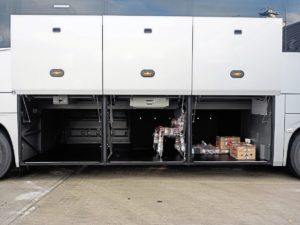 Sensibly, the parts count has been kept under control with plenty of identical glass. Pelican is justifiably proud of the enormous parts stock it carries for all of its models, and GT12 will be no exception. Bob Elliott was also keen to point out that parts prices are very reasonable, to the extent that the pricey parts-bin mirrors on this, the production prototype, are being engineered in China for the UK production run so they become much more affordable.
Sensibly, the parts count has been kept under control with plenty of identical glass. Pelican is justifiably proud of the enormous parts stock it carries for all of its models, and GT12 will be no exception. Bob Elliott was also keen to point out that parts prices are very reasonable, to the extent that the pricey parts-bin mirrors on this, the production prototype, are being engineered in China for the UK production run so they become much more affordable.
But at the same time, it has been canny enough to fit familiar auxiliaries, such as a Spheros independent air conditioning unit in the roof and Webasto floor heaters, so ancillary repairs will be, if not cheaper, uniformly available for European touring.
Interior
The passenger door is nicely accomplished – wide and with grab rails both sides and four, even steps to the driver level and two further steps into the saloon.
The courier seat is nicely tucked against the side, with footrest space opposite. The left of the dash features a capacious independent fridge and small covered pocket for the manual and other bits.

High-back seats have USB’s, seatback tables and side-shift ability. Pelican says replacement plastics are always low-priced
All of the floor surfaces are faced with wood-effect vinyl then carpeted. The step arrangement creates a number of minor dirt traps which could be overlooked, notably the narrow ledge behind the driver’s seat and courier seat. This is not unusual in coaches, but possibly avoidable with additional mouldings.
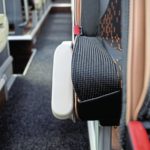 With any coach with a sunken aisle and first step adjacent to the two nearside front seats, there’s the danger that a passenger leaving the seat could over-step the aisle and find themselves on the first step, with quite a drop. The GT12 narrowly avoids this pitfall, thankfully.
With any coach with a sunken aisle and first step adjacent to the two nearside front seats, there’s the danger that a passenger leaving the seat could over-step the aisle and find themselves on the first step, with quite a drop. The GT12 narrowly avoids this pitfall, thankfully.
The decency screens left and right are reasonably robust, with covered top rail and useful grab rail at the side, plus flexible plastic panels in the centre. At the front seat positions, they have a shelf with cup holders and a useful phone tray. The USB sockets in these seating positions are between the double seat but on all other seats are installed in the seatback. They are 2.1 Amp so capable of maintaining charge in modern smartphones – 1 Amp units are these days inadequate.
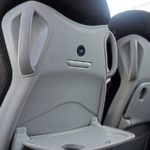 Additionally, the GT12 has an inverter and 220V three-pin plugs installed at alternating seat positions – doubtlessly useful for vacuum cleaners and laptops but perhaps overkill in a world now driven by USB. In the production prototype, these are white but in the production version will be brushed stainless.
Additionally, the GT12 has an inverter and 220V three-pin plugs installed at alternating seat positions – doubtlessly useful for vacuum cleaners and laptops but perhaps overkill in a world now driven by USB. In the production prototype, these are white but in the production version will be brushed stainless.
The convector heaters are mounted just above the floor, as seems to be convention with many coaches. There’s a danger that this creates a dust trap but it is, as I say by no means unusual.
The Yutong-made seats in the demonstrator were truly excellent, high-back items in flat-weave fabric and leather and proved very comfortable. They recline and side-shift into the aisle and looked durable. They have drop-down seatback tables with cup holders.
However, our road test driver commented that they prevented a forward view for passengers, a fact confirmed by the vertically-challenged editor. Yutong does, however, have a great many alternatives available which can be specified at ordering and, for some tour work, operators may prefer a slightly lower headrest.
Overhead, the luggage rack was very sturdy and well finished, addressing one of the editor’s pet hates by being divided along its length by the supporting brackets, preventing the annoyance of all the handbags sliding three seats along every time the driver hits the brakes. The rack has attractive passenger service units at each seat position.
The centre sunken toilet is in a very adequate stairwell with no awkward step into it. It’s a spacious toilet with basin and hand drier, the lighting controlled by an automatic PIR switch which also changes the ‘Occupied’ light outside from green to red. The toilet door fit was excellent and rattle free.
There are two motorised drop-down screens, one at the front centre and another over the centre of the aisle. These connect to the Bosch DVD media centre. Pelican has found that, increasingly, audiovisual units are veering away from DVD to solid state media such as USB and SD memory cards but as long as they can, UK coaches will have DVD.
The travelling environment for passengers is very pleasant. Impressive levels of road noise control, the almost complete absence of transmission noise and total absence of rattles and squeaks underlined the quality of the manufacturing process, from a factory which produces thousands of coaches annually using modern techniques, robotic welding and cataphoretic dip for corrosion resistance.
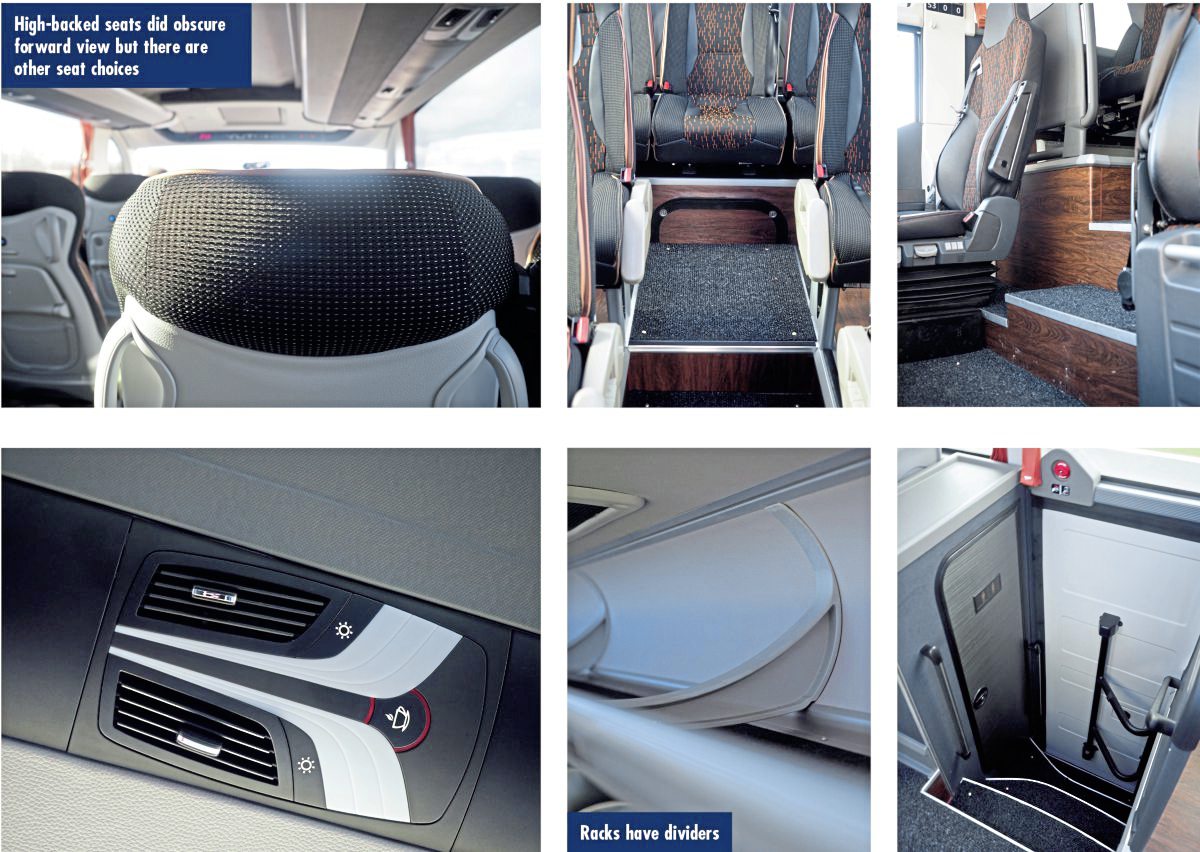 Driver cab
Driver cab
The driver’s area is a triumph of ergonomics. The switchgear is well marked, logically arranged and all the frequently-used controls within easy reach.
The ISRI driver seat is a familiar, standard item with plenty of adjustment to adapt to long-legged drivers, and giving a very good viewing position of the road ahead. Our road test driver said the A pillars were well positioned with good views of the mirrors. The driver window is a rhomboid, narrower at the top, so that when lowered opens a gap to the top and front and is supported by the rear window channel. It is heated.
The driver has plenty of storage, with a nice document pocket next to the window, cup holder and the small locker mentioned earlier. There’s a seat-mounted microphone on production vehicles. together with a wired courier microphone set into the dashboard.
The test driver said he was immediately ‘familiar’ with the dashboard and after only a few seconds of examination, had found all the controls he needed. The pushbutton gear selector offers 1, 2 and 3 ratios as well as Drive, Neutral and Reverse. Of course, the low gear selectors will function only within the performance parameters of the driveline so it is not possible to select too low/high a gear.
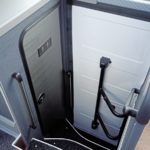 The GT12 has a keyless start, though as we discovered, the key needs to be fairly close to the dashboard to maintain its connection to the wireless system. As with all keyless starts, the driver has to first apply the service brake before dabbing the button. The start process then activates.
The GT12 has a keyless start, though as we discovered, the key needs to be fairly close to the dashboard to maintain its connection to the wireless system. As with all keyless starts, the driver has to first apply the service brake before dabbing the button. The start process then activates.
Leaving the yard at Castleford revealed that the GT12 has a good, tight turning circle and, as we set off towards the M62, it showed how lively the combination of the MX11 450bhp engine and latest EcoLife gearbox is; the test driver immediately remarked on how seamless the gearshifts were and, with so little engine noise in the saloon, only the tachometer and the gear indicator on the centre binnacle revealed each change.
The LCD binnacle is worthy of a special mention. It is perfectly positioned between the spokes of the steering wheel and is very clear. In addition to showing road speed and engine speed, its offers a section on the left with additional gauges, a section right to set the adaptive cruise control parameters and other functions, and a gear position indicator at the bottom. However, although the LCD unit was in good view, the warning light cluster above the LCD unit could be partly obscured by the top of the steering wheel.
 The long and varied test drive during which we tested the coach for tight reversing manoeuvres and turns showed just how capable and comfortable the coach is. The ride was very impressive indeed, with even seriously degraded road surfaces dealt with nicely and with no suspension crashiness. On the test drive, we faced crosswinds of over 50mph and driving rain, but the driver said that, although such conditions are always testing, the GT12 was very sure-footed and predictable. In particular, the Lane Departure Warning wasn’t over-sensitive but nonetheless effective.
The long and varied test drive during which we tested the coach for tight reversing manoeuvres and turns showed just how capable and comfortable the coach is. The ride was very impressive indeed, with even seriously degraded road surfaces dealt with nicely and with no suspension crashiness. On the test drive, we faced crosswinds of over 50mph and driving rain, but the driver said that, although such conditions are always testing, the GT12 was very sure-footed and predictable. In particular, the Lane Departure Warning wasn’t over-sensitive but nonetheless effective.
This is, as I said, a very popular and familiar driveline but in the GT12 was shown to its best advantage.
Verdict
It looks very much as if Yutong has on its hands another success story with the GT12. It must be said that in the styling department it has been subdued but where this coach delivers is on the road.
The DAF MX11 Euro VI engine in combination with EcoLife is already known to deliver good fuel economy and performance, and is a wise choice for a coach which is built the ‘Pelican way,’ with very high specification as standard. This is possibly a necessary strategy when shipping fully-built coaches from China, with a concentration on high dealer stock levels.
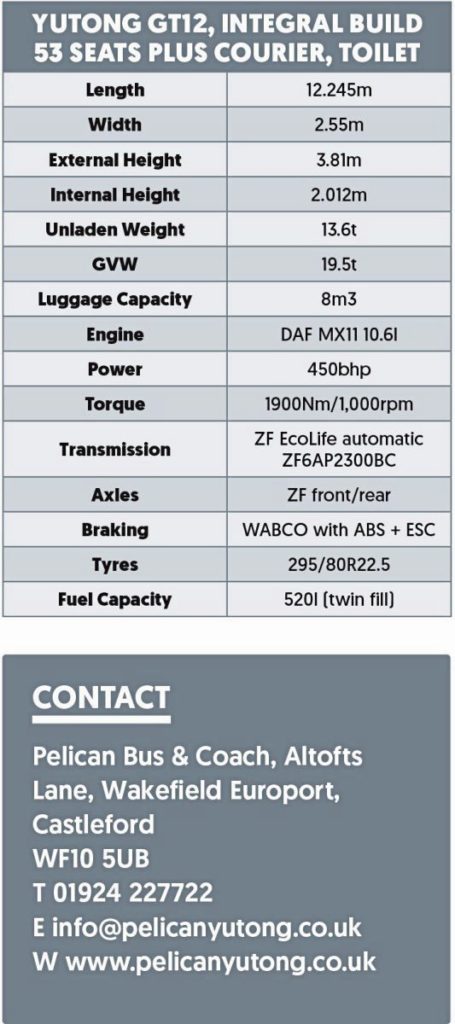 That’s not to say the GT12 can’t be specified by the operator, too. The feedback between Pelican and Yutong is, says Bob Elliott, first class, and the minor imperfections spotted by operators and road tests are reported straight to the production line for correction. For this reason, readers should be aware that the vehicle on test is the first production vehicle, and subsequent coaches will have a number of minor revisions.
That’s not to say the GT12 can’t be specified by the operator, too. The feedback between Pelican and Yutong is, says Bob Elliott, first class, and the minor imperfections spotted by operators and road tests are reported straight to the production line for correction. For this reason, readers should be aware that the vehicle on test is the first production vehicle, and subsequent coaches will have a number of minor revisions.
I first rode on a Yutong coach in 2013, in Cuba. There were a great many of them, built for Cuba to a very basic specification, but they dealt with Havana’s crumbling road infrastructure brilliantly. On my return, I remarked to a colleague that if ever Yutong found its way into the UK, it could challenge many European marques. It seems I was right.
The choice of Pelican as the Yutong agent in the UK and Ireland has been vindicated fully over the last four years, and this family-run truck specialist has brought its attention to detail to bear on what could have been a formidable challenge. The most common feedback of all at B&CB about Yutong coaches is praise for the aftersales service.
It is plain as the nose on your face that the GT12 is the result of a high-tech, highly mechanised build process and the resultant vehicle has no obvious foibles. Coaches of 12 metres are becoming rarer, and there will be operators for whom the 53 seats are not quite enough. For those others seeking a good-quality, high-specification touring coach with a proven driveline, the GT12 has to be on the shopping list.
